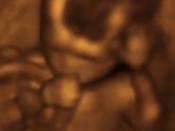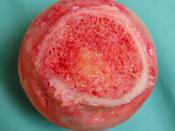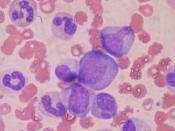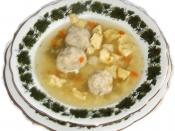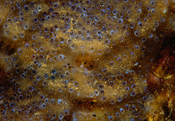SLANG TERMS Laughing gas rush whippets poppers snappers Inhalants are breathable chemicals that produce mind-altering vapors. People do not think of inhalants as drugs because most of the products were never meant to be used that way. Inhalants are ingested by "sniffing" or snorting (through the nose), "bagging" (inhaling fumes from a plastic bag), or huffing (stuffing an inhalant soaked rag into the mouth).
IMMEDIATE EFFECTS Nearly all inhalants produce effects similar to anesthetics, which act to slow down body functions, yet the user feels stimulated. Other effects may include: Nausea loss of appetite bad breath double vision runny or bloody nose lack of coordination feeling and looking tired eye irritation sneezing, coughing vomiting, diarrhea headache chest pain ringing in ears erratic heart beat LONG-TERM EFFECTS Hand tremors less concern about appearance sores/rash around mouth and nose fatigue, muscle fatigue weight loss electrolyte (salt) imbalance cardiac arrest permanent damage to nervous system brain, liver, kidney, blood, and bone marrow damage impaired respiratory system impaired coordination and intelligence death by asphyxiation/suffocation EFFECTS ON PERSONALITY Psychological effects occur rapidly because the substance travels directly to the brain after passing through the lungs and the left side of the heart.
Other effects are: Anxiety, irritability or excitability poor memory, confusion moody, restless activity lack of concentration aggressive behavior FOUR CLASSES OF INHALANTS There are about 1400 products potentially usable as inhalants.
Volatile solvents: gasoline, paint thinners, glue, cleaning solutions, etc. Aerosols: spray paints, etc. Anesthetic agents: chloroform, ether, oils and greases dissolves. Amyl, butyl, and isobutyl nitrites: such as room fresheners.
INHALANTS AND PREGNANCY The substances in solvents can pass through the placental barrier and enter the fetal bloodstream. However, except for evidence of birth defects among petrol inhalers, the evidence that use of other inhalants or solvents can damage the fetus is inconclusive. All drugs have some effects on the unborn child including chromosomal and fetal damage EXTENT OF USE Young people (ages 7-17) are more likely to use inhalants because they are available and inexpensive.
Inhalants rank fourth in popularity behind alcohol, tobacco, and marijuana among young people. Junior high students seem to be among the most common-abusers.
Nearly one in five (18%) high school seniors report having used inhalants. This figure has remained constant since 1979.
Statistics from a 1991-92 Pride USA survey shows that inhalant use among 8th graders went from: 5.1% in 1990-91 to 5.9% in 1991-92 o3.5% of 6th graders abuse inhalants o15% of students who said they use inhalants use them daily o29% of those who said they use inhalants said they started before their 10th birthday.

